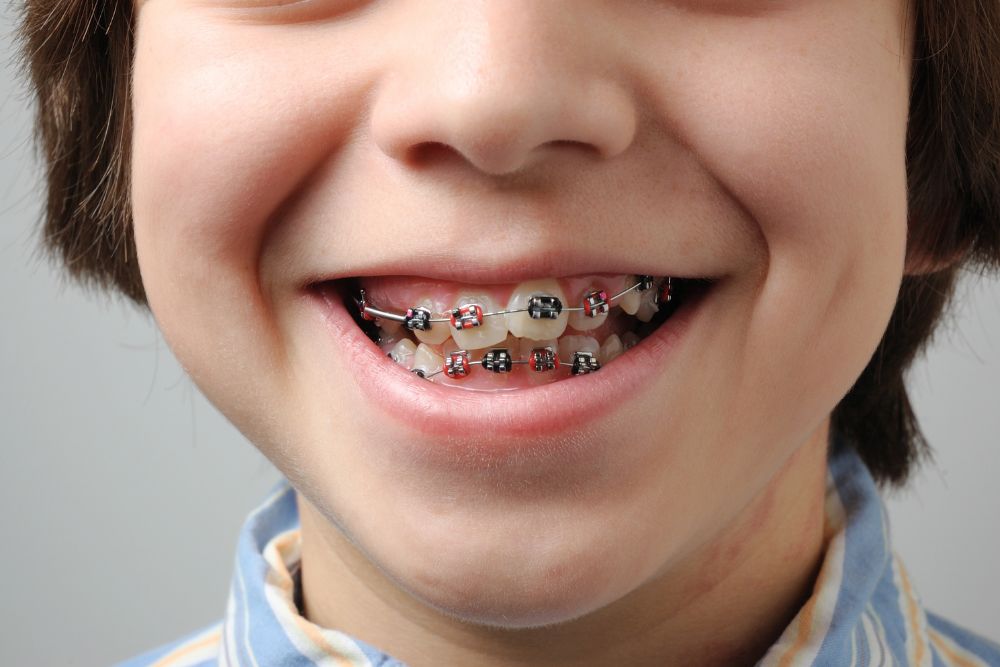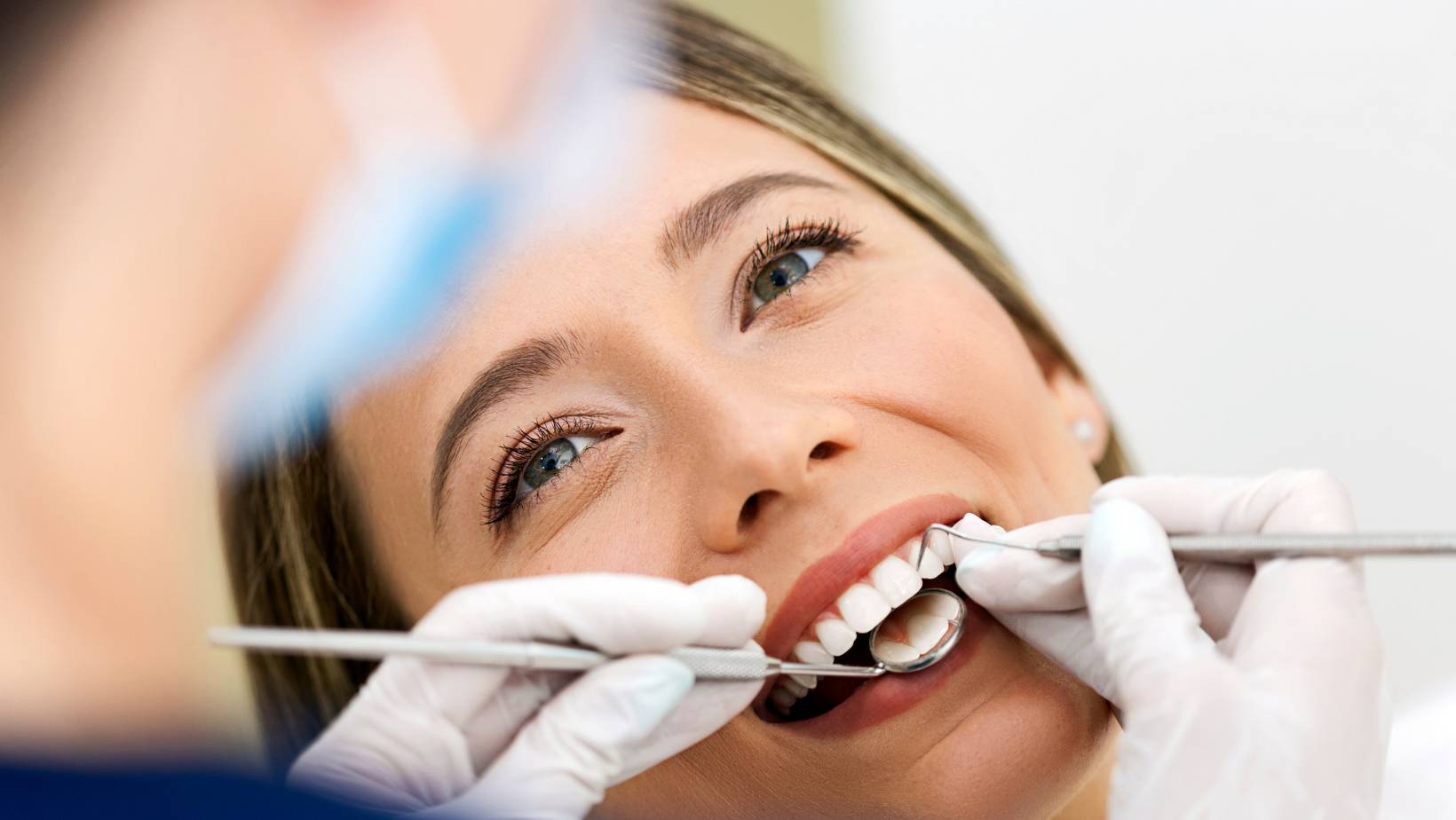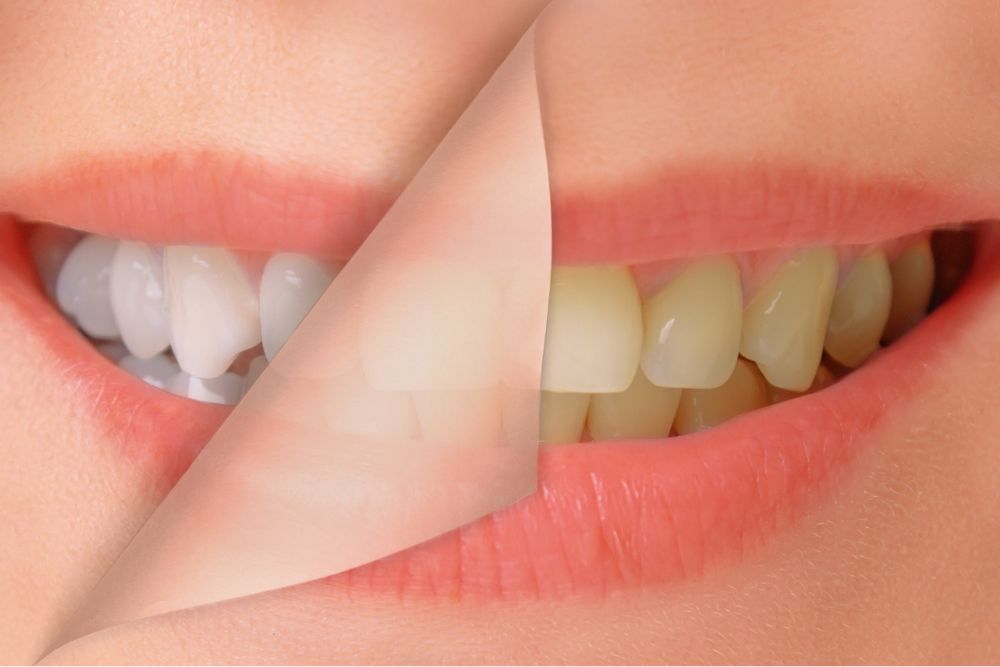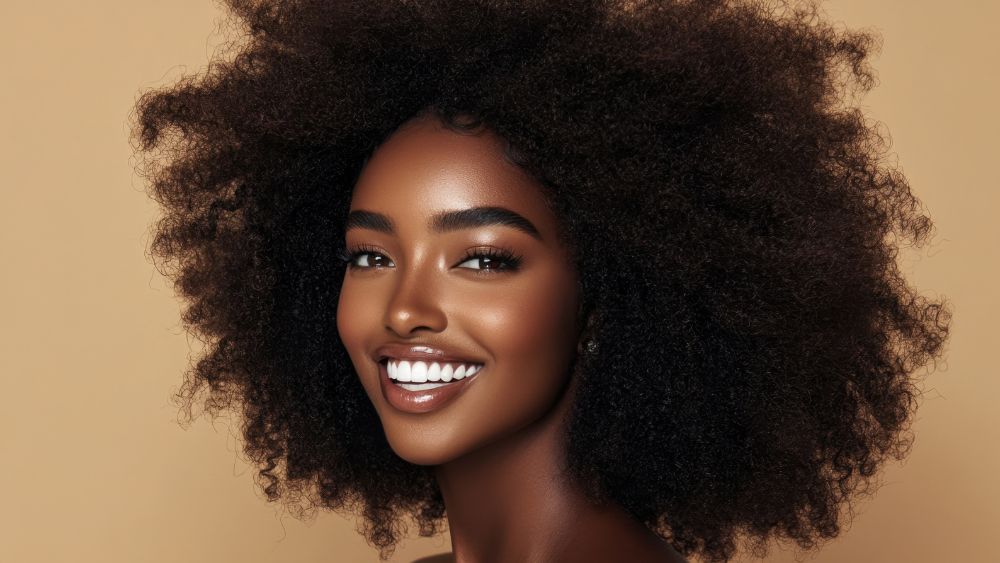Braces costs in New Jersey can vary significantly depending on the type of treatment you choose and the complexity of your case. Traditional metal braces are the most affordable, while lingual braces and Invisalign can be more expensive.
Below are average costs for different types of braces:
Traditional Metal Braces
Traditional metal braces are the most common type and typically the least expensive option. They involve metal brackets attached to the teeth and connected by wires that gradually move the teeth into place. Suitable for both children and adults with various orthodontic issues.
- Cost: $3,000 to $7,000
Ceramic Braces
Ceramic braces function similarly to metal braces but use clear or tooth-colored brackets, making them less visible. Ideal for those who want a less noticeable appearance but still require traditional braces.
- Cost: $4,000 to $8,000
Lingual Braces
Lingual braces are attached to the back of the teeth, making them completely invisible from the front. They tend to be more expensive due to their complexity. These are good for those who prioritize aesthetics and want their braces to be completely hidden.
- Cost: $8,000 to $12,000
Invisalign (Clear Aligners)
Invisalign uses a series of clear, removable aligners to straighten teeth over time. It’s a popular option for people who want a nearly invisible treatment. Suitable for adults and teens with mild to moderate orthodontic problems.
- Cost: $3,000 to $8,000
Factors That Influence Braces Cost in NJ
Several factors can influence the cost of braces:
Type of Braces: As mentioned, traditional metal braces are usually the most affordable, while lingual braces and Invisalign can be more expensive.
Orthodontist’s Experience: More experienced orthodontists may charge higher fees.
Location: New Jersey, like most states, has varying costs depending on the area. Suburban or rural areas might offer slightly cheaper options than urban centers.
Complexity of Treatment: The more complex your orthodontic needs (e.g., jaw misalignment, overcrowding), the longer and more expensive the treatment might be.
Insurance Coverage: Some dental insurance plans may cover part of the cost, especially for children’s orthodontic care.
Payment Plans: Many orthodontists offer flexible payment plans that allow you to spread the cost over several months or years.
What is the Best Age for Braces?
The best age for getting braces depends largely on the individual’s dental needs, but there are some general guidelines based on age groups:
1. Children (7-12 years old)
- Ideal Time for Evaluation: The American Association of Orthodontists recommends children have their first orthodontic consultation around age 7. This early evaluation helps identify any developmental issues, such as overcrowding, jaw misalignment, or bite problems, even before all the permanent teeth have come in.
- Phase 1 Treatment: Some children may require early intervention (Phase 1 treatment) to correct serious issues while their bones are still developing. This might involve partial braces or other orthodontic appliances.
- Phase 2 Treatment: Full braces are usually placed when most of the permanent teeth have come in, around ages 10-12.
2. Teenagers (12-18 years old)
- Most Common Age Group: This is the most common age for braces because, by the early teens, most of the permanent teeth have erupted, and the jaw is still growing. It’s an ideal time to correct bite issues, alignment problems, and other orthodontic issues.
- Why It’s the Best Age: Teens generally benefit from shorter treatment times and more efficient results because their bodies are still growing, making it easier to move teeth into place.
3. Adults (18+ years old)
- Braces for Adults: While it’s never too late to get braces, adults may have more complex orthodontic issues due to years of teeth shifting. The treatment might take longer, and there are often different concerns about aesthetics and convenience.
- Invisalign for Adults: Many adults opt for Invisalign or other less noticeable options due to professional or social concerns.
Need urgent dentist care in Jersey City? Ararat Dental provides immediate care to ease your discomfort.









